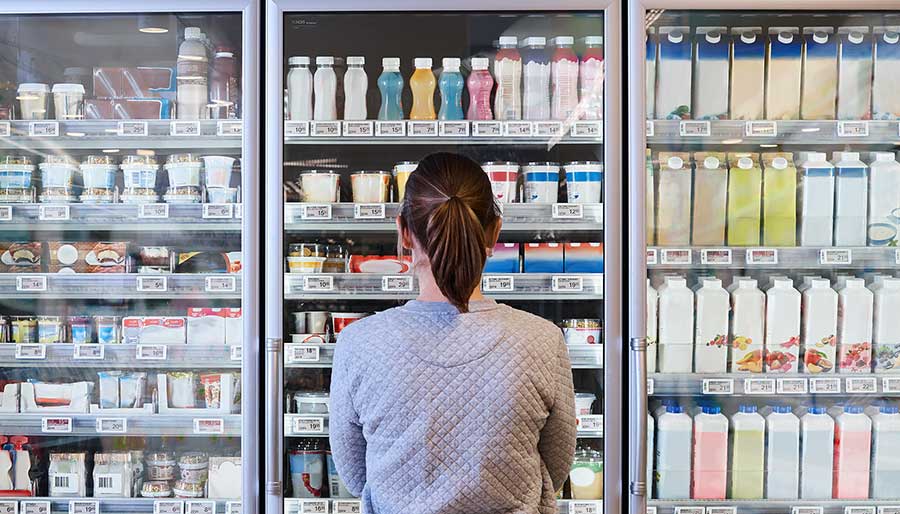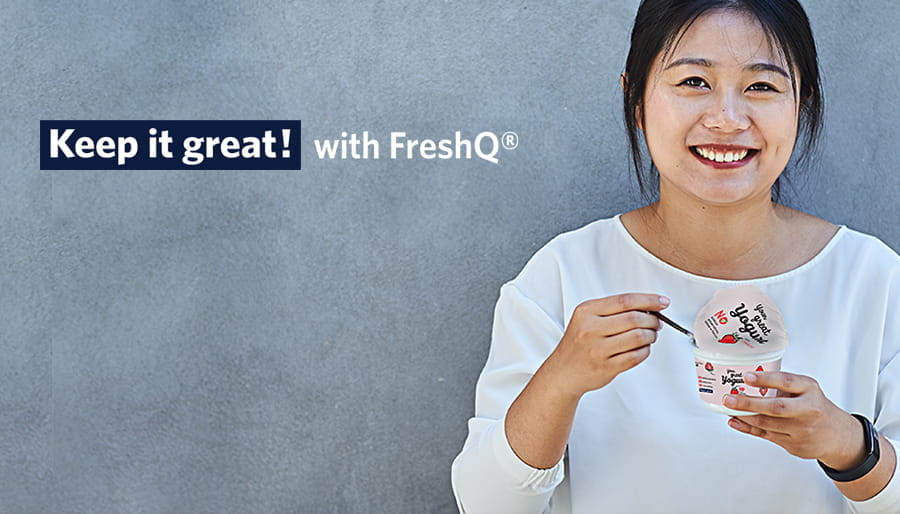One third of all food goes to waste
Not only does food waste contribute significantly to global carbon emissions, it also represents a valuable – and thus far missed – opportunity to nourish those who remain food-insecure worldwide. According to the Food and Agriculture Organization of the United Nations, one third of all food produced globally is wasted. This amount represents 8% of global greenhouse gas emissions – a staggering proportion given our inability to capture any of its value1. Furthermore, recovering just 25% of this wasted food would feed the more than 820 million people who currently suffer from hunger and malnutrition.2
The UN’s Sustainable Development Goals include halving global food loss by 20303. If we are to achieve this milestone, industry leaders and consumers alike must understand the scope of the problem – where in the value chain it occurs, and why – and apply a focused, multi-disciplinary approach to addressing it in a manner that can be sustained in the long term.
Progress toward a healthier planet begins at home
Consumers are often surprised to learn that a significant percentage of food waste takes place at the end of the value chain, within homes or consumer-facing businesses.4 Furthermore, much of the food discarded at this step is, in fact, edible and safe to eat, and is often thrown away because it has surpassed its ‘best-by’ or expiration date. This is especially true for the dairy industry: within the EU alone, over 29 million tons of dairy are wasted each year, and the majority is thrown out within households, once the food is purchased and the expiration date passes. 17% of all yogurt produced in the EU went to waste in 2016, representing over 1.5 million tons of yogurt discarded annually.5
Food cultures support the fight against food waste
Reducing food waste worldwide will require a multi-faceted approach that both extends shelf life and improves education around food safety. While the challenge is significant, it represents an exciting opportunity for the industry to make a real impact, reducing the environmental footprint of food production and saving consumers money at the same time.
At Chr. Hansen, we develop food cultures with bioprotective effect because we believe we have a role to play in ensuring that what leaves the dairy ends up on the stomach. In providing the industry with food cultures that help dairy products stay fresh from the inside, we partner with our customers to build a more sustainable food system, one that can succeed at feeding a growing population while protecting the planet we all share.
1 FAO, 2011 (http://www.fao.org/3/a-bb144e.pdf)
2 FAO, 2019 (http://www.fao.org/3/ca5162en/ca5162en.pdf)
3 SDG 12.3 (https://sustainabledevelopment.un.org/sdg12)
4 https://www.nationalgeographic.com/environment/2019/04/people-waste-more-food-than-they-think-psychology
5 Chr. Hansen, 2017





